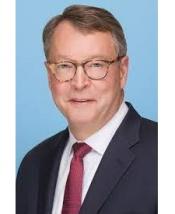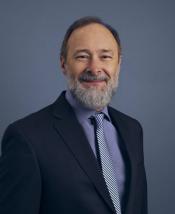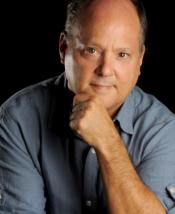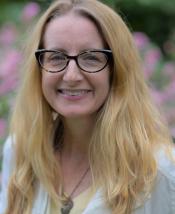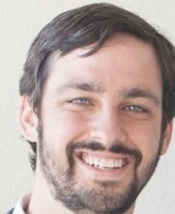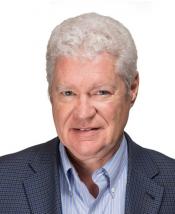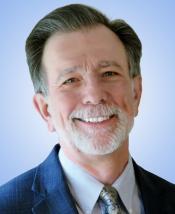The Transmission Shortfall and How to Tackle It
Transmission is the wild card in the future of the U.S. utility industry as it struggles to meet the twin demands of load growth and decarbonization. Ideally, the windy prairies and sunny deserts should be supplying power via long HDVC lines running between the renewables-rich West and the power-needy East.
Enough transmission would solve the problem of overproduction of solar during the day in Arizona and Colorado, which creates the “duck curve”; likewise, wind in several wind-rich states. The time difference would make that production valuable in the East. The big question is whether there is enough political will to overcome the forces of NIMBYism (“Not In My Backyard”) to secure new rights-of-way through states and localities that aren’t direct beneficiaries.
Yet transmission is critical. Many utilities now believe that the solution is to buttress the three grids -- Eastern, Western, and ERCOT -- and to go for shorter new lines, heavier connectors, and better use of existing rights-of-way to make the grids stronger and to allow the grids to handle the West-East flow, and sometimes the reverse. This shoring might be the foundation for a truly national grid, but impediments abound.
The virtues of transmission are known: less battery storage, greater renewables availability, less new generation, and greater reliability. As some have said, transmission is storage.
Transmission will determine the future buildout of the utilities as they prepare to decarbonize and prepare for an electrified country with net-zero emissions by 2050, with electrified transportation, steel and cement making, and general manufacturing.
How will these goals be achieved and how completely? There is $26 billion earmarked by the DOE for transmission. How will it be spent?
These critical questions and more will be addressed in this briefing, which will consist of a panel of experts taking questions from knowledgeable journalists. USEA Acting Executive Director Sheila Hollis will give opening remarks. Llewellyn King, nationally syndicated newspaper columnist and broadcaster, organized this briefing and will moderate.
The general audience can submit questions using the Zoom Q&A function, but members of the media will be given preference. A recording will be made available after the briefing.
Panelists:
Maria Robinson, Director, Grid Employment Office, DOE
Philip Moeller, Executive Vice President, Edison Electric Institute
Duane Highley, CEO, Tri-State Generation and Transmission Association, Inc.
Michael Skelly, Founder & CEO, Grid United
Journalists:
Ken Silverstein, Forbes
Jennifer Hiller, The Wall Street Journal
Matt Chester, Energy Central
Rod Kuckro, Freelance
Rich Heidorn, RTO Insider


